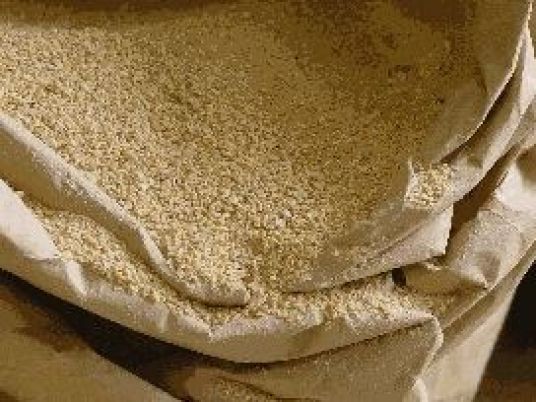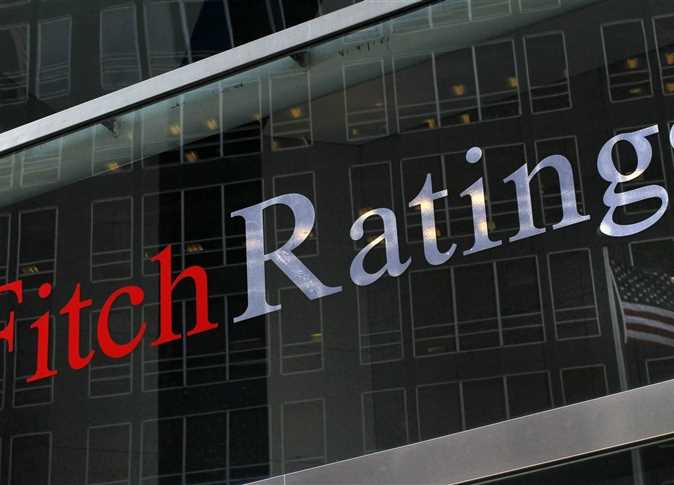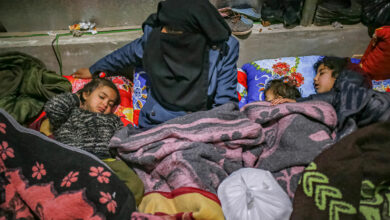The nation's economic crisis poses a threat to basic nutrition for its population of 84 million people, as the poorest spend more than half their income on food, the World Food Programme (WFP) said on Thursday.
WFP country director Gian Pietro Bordignon's warning underscores one of the main challenges facing President Mohamed Morsy's government as it grapples with an economic crisis caused by two years of instability.
"The economic crises are putting more and more people in a very risky situation," Bordignon told Reuters in an interview. "The situation is deteriorating and has to be tackled right now because it's a very risky trend."
He added that the problem was not availability of food, but people's ability, especially the poor, to pay for it.
"There's no lack of food. There's lack of money for the families to buy food. It's a matter of economic access to food," Bordignon said. "One of the risks of the economic downturn is that there could be in the future less availability of food."
The poverty rate in Egypt climbed from 21 percent in 2009 to 25 percent in 2011 — the year former President Hosni Mubarak was toppled in a popular uprising that was partly fueled by economic grievances. Another 20 percent of the population lives near the poverty line, according to the World Bank.
The economic crisis has deepened as tourists and investors fled the country during the turbulent transition from Mubarak's rule. The financial squeeze has led to fuel shortages, and the government has cut back on imports of wheat used to make subsidized loaves upon which the poor depend.
Spending on food takes a bigger share of income as prices increase while incomes remain static, Bordignon said.
The government is hoping a bumper local wheat harvest will be enough to meet the country's needs. Besides wheat, the country also imports many other types of food and prices are being driven higher by a weakening local currency.
"On average, the Egyptian family spends 40 percent of their income for buying food. For the poorest families, about 25 percent of population, more than 50 percent of their income goes for buying food," Bordignon said.
Egypt has suffered from a series of food shocks in the last decade, starting in 2006 with the avian flu outbreak. Food prices were driven higher in 2007/08 by global price hikes, and then another shock hit in 2008/09 due to the financial crisis.
The economic situation will make it politically more difficult for Morsy to enact austerity measures that would be needed to secure a loan agreement with the International Monetary Fund seen as vital to staving off the crisis.
WFP aid programs in Egypt include fortifying subsidized bread and cooking oil with minerals and vitamins.




